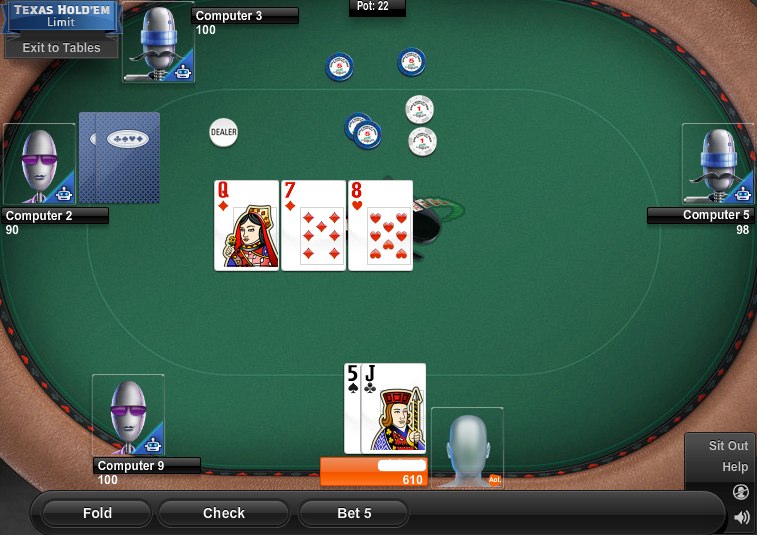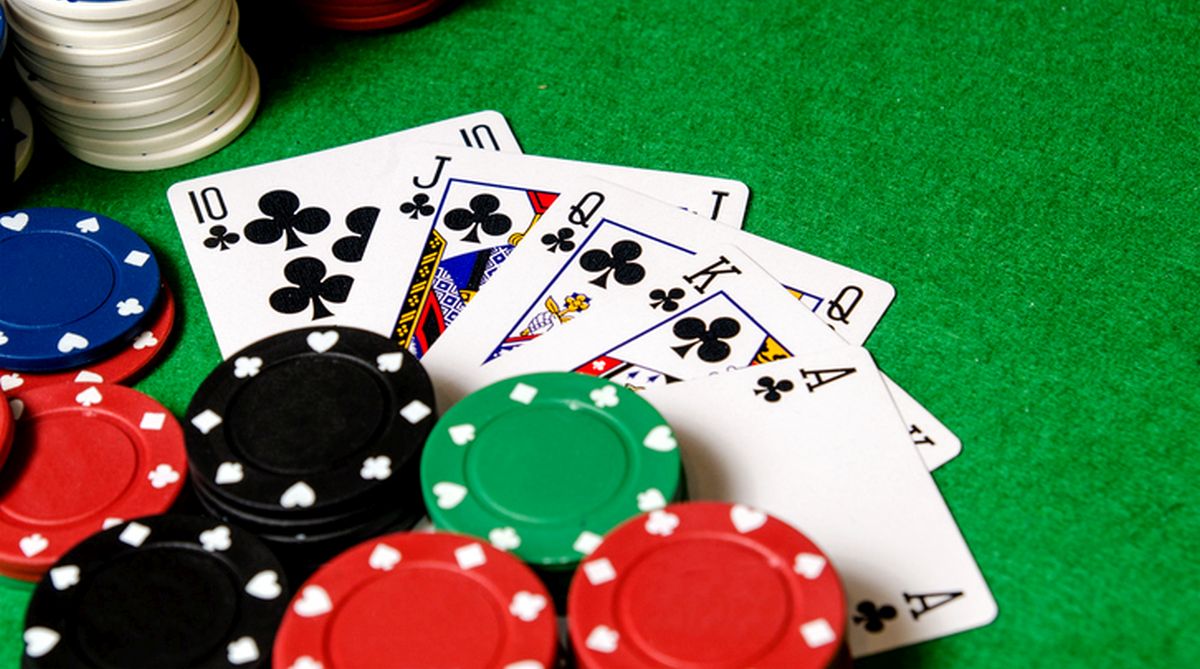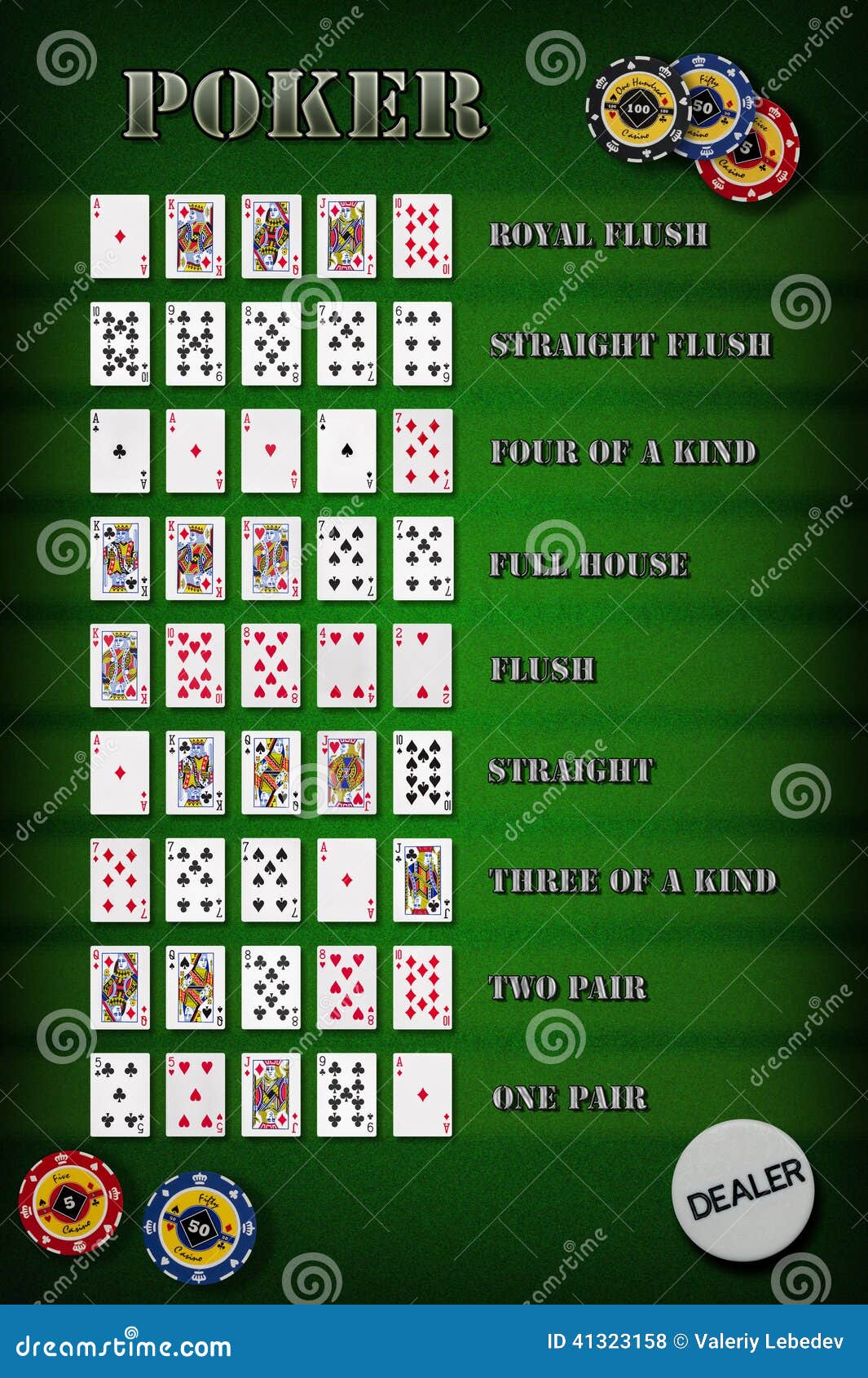Texas Holdem Counterfeit Hand
Texas Hold'em hole cards Queen-Seven offsuit. There are two stories that explain the origin of 'computer hand.' The first, and most likely incorrect, version is that someone ran a Texas Hold'em simulation way back when and found that Q-7 offsuit was the 'worst' profitable hand. A Royal Flush is the highest hand in poker. Between two Royal flushes, there can be no tie breaker. If two players have Royal Flushes, they split the pot. The odds of this happening though are very rare and almost impossible in texas holdem because the board requires three cards of one suit for anyone to have a flush in that suit. A pair of aces is one of the best starting hands in Texas Hold'em, but do you know what the top worst starting hands might be? If you know which hands are 'almost-always-fold 'em hands,' meaning that you're going to likely fold when you have this hand, you can better evaluate what you're holding at the start of the game. A pair of aces, also known as 'pocket rockets' (and sometimes 'American Airlines') is the best starting hand for Texas Hold 'em. Be wary of how many other players enter the pot, as more players increase the likelihood of someone beating your aces.
- Texas Holdem Counterfeit Handbook
- Texas Holdem Counterfeit Hand Grips
- Texas Holdem Counterfeit Hand Signals
- Texas Holdem Counterfeit Hand Sanitizer
1. A fake bill or chip.
2. An Omaha hi-lo term used when a low card hitting the board compromises a made low. Also more rarely applied to high hands and Texas Hold'em situations.

:max_bytes(150000):strip_icc()/standard-poker-chip-denominations-412236-FINAL-5bf2f796c9e77c005118f97e.png)
A fake bill or chip is called a counterfeit. You should always thoroughly inspect large denomination bills and chips before you accept them. If you are unlucky enough to receive a counterfeit bill or chip you probably will not be reimbursed by the casino, unless you received it at the casino cashier. It may even be confiscated.
Texas Holdem Counterfeit Handbook
Counterfeiting also refers to the compromising of a made low hand in an Omaha Hi-Lo game. Many novice Omaha Hi-Lo players struggle with this concept. Here is a full explanation of how counterfeiting works in an Omaha Hi-Lo game.
Omaha Hi-Lo is a game in which all players are required to use three cards from the board and two cards from their hand. Because of this, sometimes when a low card hits the board it will compromise the integrity of a made low. This is called getting counterfeited. I’ll explain how it works, but first you will need some background information on Omaha to fully understand the concept.
First of all, the rules of Omaha state that each player must use two of their four hole cards and three of the five community cards on the board to form their five card hand. All hands must use this exact mix of hole and community cards, without exception. If the game is Omaha Hi-Lo (often written as Omaha H/L), players may use different combinations of cards for the high and for the low, but they must always stick to the two card/three card format. An easy way to think about this is, when forming your hand in an Omaha game, you must always use exactly three cards from the board, no more and no less. Having a firm grip on this concept is crucial to understanding why and how low hands get counterfeited in Omaha Hi-Lo.
Additionally, you will need a basic understanding of how low qualifying works. Most Omaha H/L games will have an eight qualifier for low. This game is also known as “eight or better Omaha” or “O8.” In this game, in order to be considered as a low hand, a hand must contain five unpaired cards with rankings of 8 or lower. Aces are considered both high and low: high for the high side of the pot and low for the low side of the pot. A low can only be made with cards ranked from A (lowest ranked low card) to 8 (highest ranked low card). Each card ranking may only be used once in a low hand; paired low cards may not be counted twice. Since all players must use three cards from the board to construct their hand, it is only possible for a low to be present if there are at least three different cards of eight or lower on the board.
Texas Holdem Counterfeit Hand Grips
Now, for the explanation of how counterfeiting works. To simplify the discussion, we will not incorporate suits, which are not considered for ranking low hands, nor will we evaluate the high side of the hands in this explanation. Imagine that Player “A” is holding A2KQ and Player “B” is holding A3JJ in an Omaha H/L game. The flop comes 458. Remember, each player must use two cards from their hand and three from the board to make their best five card low hand. At this point, player “A” has flopped the nut low (best possible low hand), using the A2 from their hole cards and the 458 from the board to make an 8542A for low. Player “B” has flopped the second nut low (second best possible low hand), using the A3 from their hole cards to make an 8543A for low. So at this point, on the flop, player “A” is winning the low side of the pot, and the only way he can lose the low is if he gets counterfeited. That only happens if a 2 comes. Now, consider the implications to both players’ hands when the turn card is 2. The board now reads 4582. In order to make their best five card low, player “A” still uses the A2 from their hole cards and the 854 from the board to make a 8542A. Player “B” must use the A3 from their hole cards and the 452 from the board to make a 5432A (a wheel and a nut low). So, player “A’s” low was counterfeited (compromised) on the turn by the deuce, giving the winning low to player “B”. Most commonly, counterfeiting occurs when one of the hole cards you are using to complete your low appears on the board.Counterfeiting can also occur with high hands, or in Texas Holdem games. A common example of counterfeiting a high hand is for a player to hold a hand like 98, and get a board like 765K8. In this case the player's straight would be 'counterfeited' so that a he would have to split the pot with a player holding a hand like A9 in Texas Holdem. A more deadly example would be with a board of KQJ2T, a player holding T9 would still have a king high straight, but the counterfeiting of the ten makes a player with A5 able to make a higher straight.
In all

 cases, counterfeiting never
cases, counterfeiting never changes the value of a counterfeited player's hand. The T9 player still has a king high straight, it just is not as valuable or likely to win as it was before being counterfeited. The exact hand value of a player does not change, but it's relative value and relative strength does.
changes the value of a counterfeited player's hand. The T9 player still has a king high straight, it just is not as valuable or likely to win as it was before being counterfeited. The exact hand value of a player does not change, but it's relative value and relative strength does.Usage: Counterfeited My Low, Counterfeit Bill, Counterfeit Chip
Texas Holdem Counterfeit Hand Signals
Previous Poker Term: Continuation BetTexas Holdem Counterfeit Hand Sanitizer
Next Poker Term: Cowboys